When you talk to a film photographer about square format, the first thing that probably comes to their mind is medium format 6x6 cameras that take 120 film. That is the format that most square shooters are using today (Impossible instant film notwithstanding). However, there are still a small handful of photographers using another square format. The film is 46mm wide and takes nominally 4x4 images. Back in the day, the family photographer would use slide film and they would be processed and mounted in the same size slide as the regular 35mm slides, but the opening accommodated the larger 4x4 image. It was a "super slide" and it filled the living room screens of families across the globe like never before. Since slide film is rather unforgiving as far as exposure, you needed a good camera with a full set of aperture and shutter speed controls. Kodak and other manufacturers made a whole slew of cheap plastic cameras with cheap meniscus lenses that took 127 format film. These were primarily used for print (negative) film which could manage the overs and unders of fixed aperture, fixed shutter speed cameras. There were other manufacturers that produced full-featured cameras for the 127 format. Among the most popular were Rollei in Germany and Yashica in Japan. This film used to be cheaply and abundantly available in many different flavors. These days there are about 4 fresh stocks available. You can find them at
Frugal Photographer in two color and two b/w emulsions. These range from $11.45 to $14.95 for a single roll, so it's a little rich for my blood. However, recently I was given a 100' roll of 46mm film in some sort of expired, rebranded emulsion. It says "Konica 160" on the box with an expiration of 3/2006. This is right up my alley. I had an original 127 backing paper that probably came in one of the Brownies, so I used that as a template to cut some new backing papers out of old 120 rolls (I knew saving those would pay off some day). I cut the film off of the spool to the right length (I have a string the right length, so I can measure it in the dark) and taped it to the backing paper and rolled it up on the little metal spools. I wrapped these in aluminum foil just in case the backing paper isn't quite perfect and I don't want any light leaking around the edges. I have a couple of Kodak Brownies that use 127 film. These are fun to use little point and shoot cameras. For a quick outing where you don't need the precision of a higher-end camera, they are perfect. No fuss, no muss, just easy. And considering the primitive optics, they take pretty good pictures. Here are a few from my Brownie Starflash.
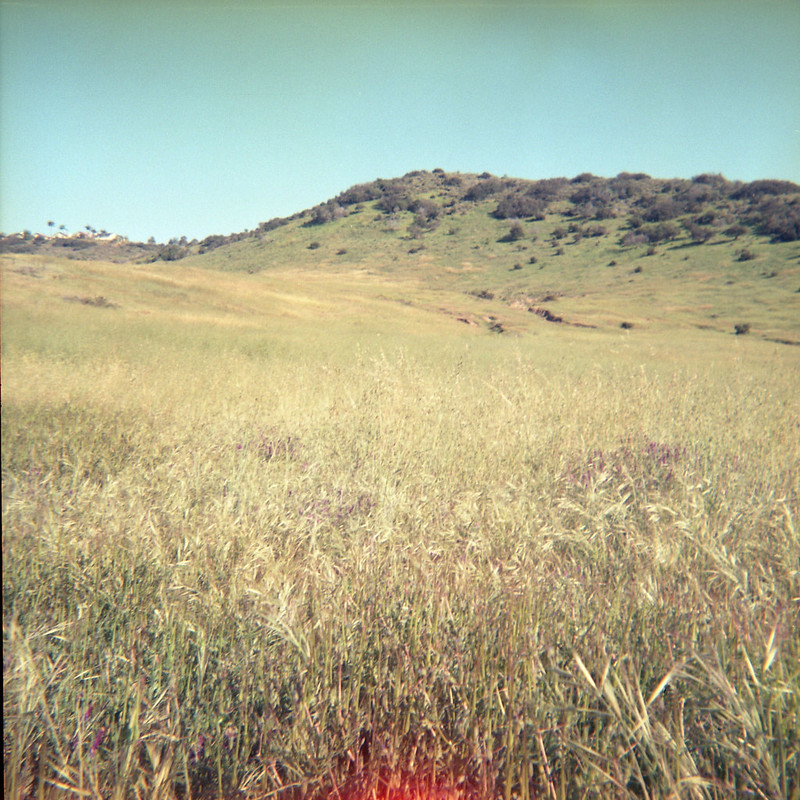

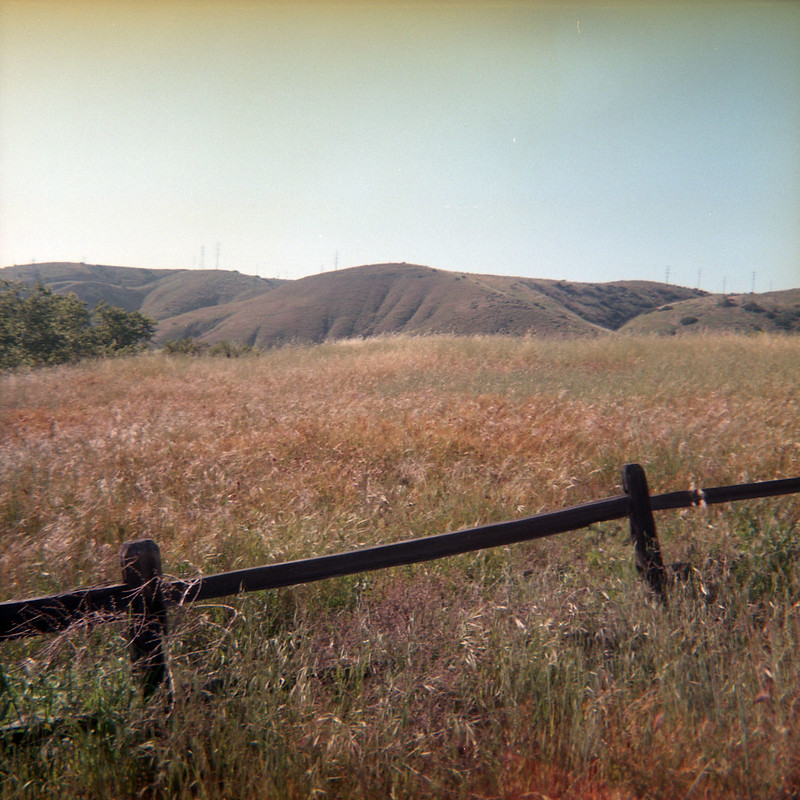
Now on the other end of the spectrum are the "baby" TLRs (twin lens reflex). These were made by a few companies that were already making full size (120) TLRs. The big players were Rollei and Yashica. Rollei made the Baby Rolleiflex which was the top o' the line and is still seen as a desirable camera. Next though was the more affordable yet still high quality Yashica 44. Since I now have a spool of film and don't really want to run 40+ rolls through the Brownie, I thought I should get one or the other of these nice little TLRs. I'm usually looking for "value" when I go camera hunting. I am not a collector, so I don't need the pristine 'new in box' Rolleiflex with the ultra rare lens in the color that had a run of <100, etc. I just want a camera that works enough when I get it so that I can clean it up if needed and start making pictures with it. So I went looking for a Yashica 44. I found a reasonably priced Yashica 44LM which has a different look than the other Yashica 44s which were fairly close copies of the Rolleiflex. It also has an uncoupled selenium light meter, but mine isn't working (those meters don't really age well). But I liked the looks and it looked clean. The glass was clear, etc. Anyway, it works well enough to take pictures with (the shutter needs a CLA, especially on the slow speeds). Here are a few examples.
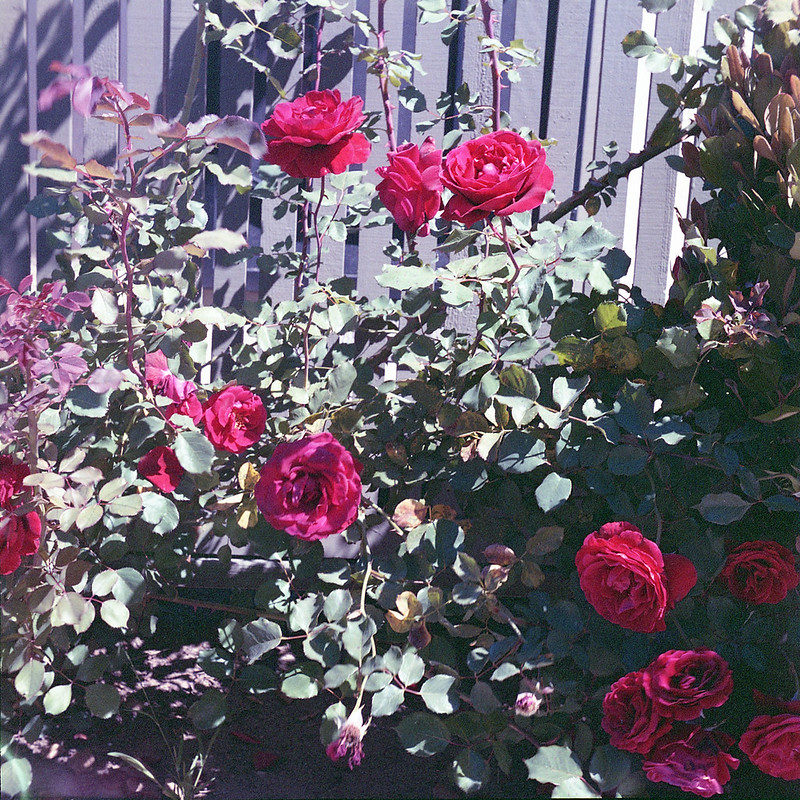
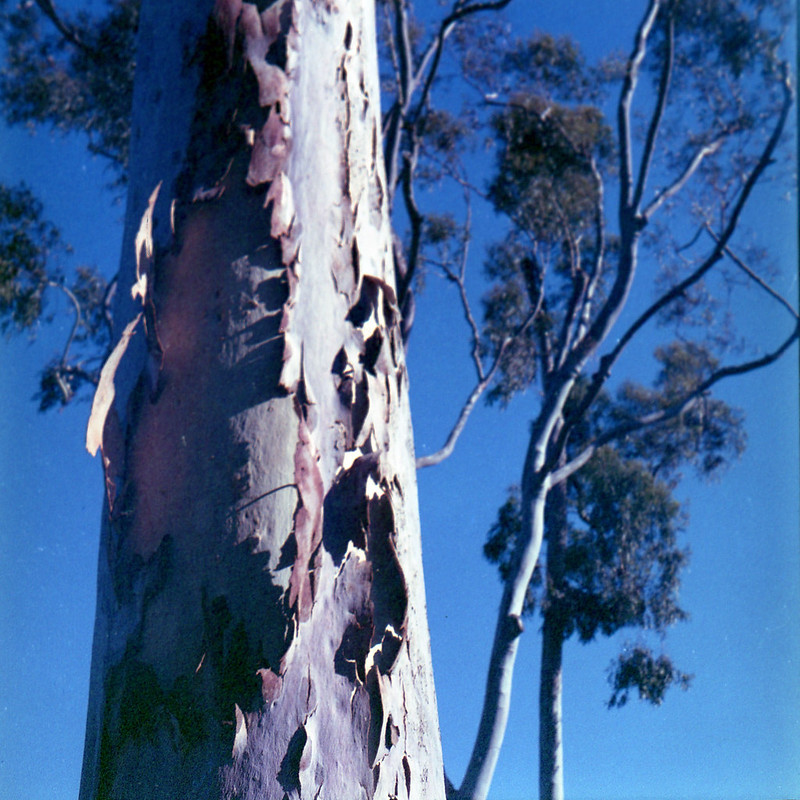
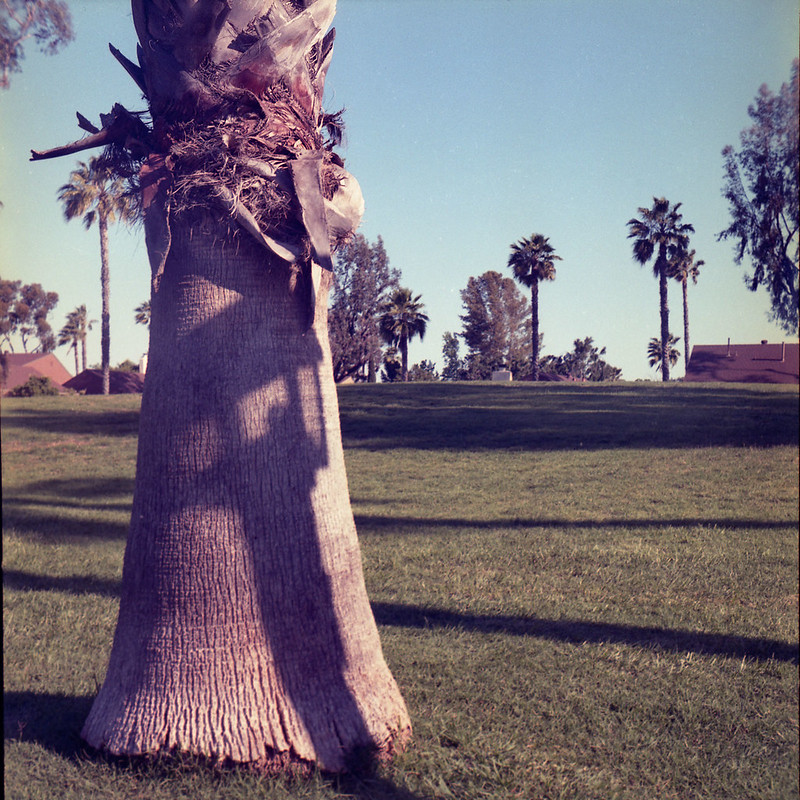






No comments:
Post a Comment